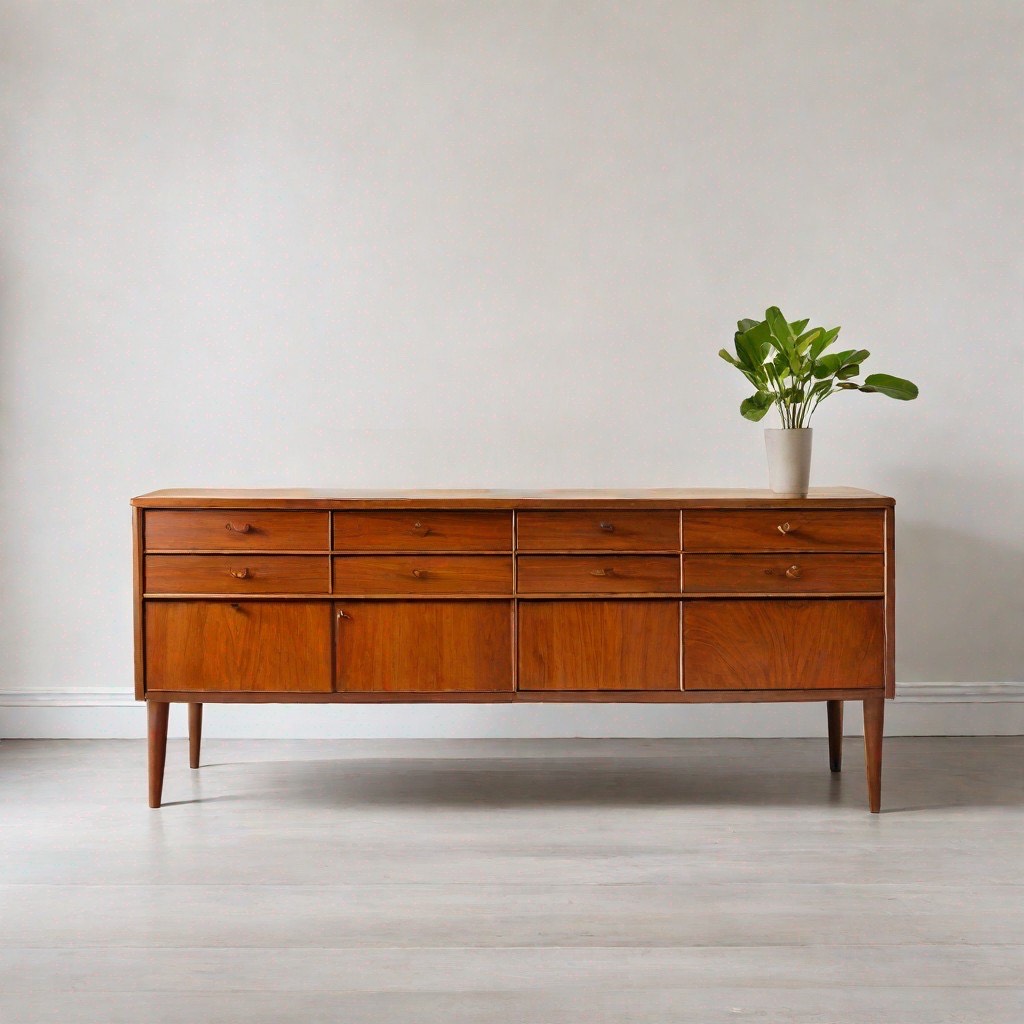
A very brief history of mid century modern design and some of the influential designers
Mid-century modern is a design movement in interior, product, graphic design, architecture, and urban development that roughly spanned from the mid-1930s to the mid-1960s. The term "mid-century modern" itself became widely used after the publication of the book "Mid-Century Modern: Furniture of the 1950s" by Cara Greenberg in 1984, which celebrated and chronicled the style that was by then recognized for its classic, vintage appeal.
Origins and Influences: The movement was influenced by a variety of factors, including the International and Bauhaus movements. These movements were characterized by a rejection of ornamentation and a focus on functionality, which mid-century modern designers adopted and adapted. The mid-century modern era was also a time of new technological innovations and materials, such as plastic, plywood, and aluminum, which designers harnessed to create new types of furniture and architecture.
Key Characteristics: Mid-century modern design is distinguished by several key characteristics:
- Clean lines and organic forms
- Minimal ornamentation
- Emphasis on functionality
- Integration with nature, often seen in large windows and open floor plans
- Use of new materials and methods of production
- A palette that includes both neutral and bold colors
Influential Designers: There were many influential designers who contributed to the development and popularity of the mid-century modern style. Here are a few notable figures:
- Charles and Ray Eames: Perhaps the most famous mid-century modern designers, the Eameses were an American husband-and-wife duo who made significant contributions to modern architecture, furniture design (most famously the Eames Lounge Chair), and even filmmaking.
- Eero Saarinen: Known for his futuristic designs, Saarinen was a Finnish-American architect and industrial designer. His notable works include the Tulip chair and the TWA Flight Center at JFK International Airport in New York.
- George Nelson: An American industrial designer, George Nelson was known for his innovative concepts, particularly in office furniture and clocks. His platform bench and the Bubble Lamp series are iconic.
- Arne Jacobsen: A Danish architect and designer, Jacobsen was influential in bringing the mid-century modern aesthetic to Europe. His designs, such as the Egg chair and the Swan chair, are celebrated for their organic curves and comfort.
- Isamu Noguchi: An American-Japanese artist and designer, Noguchi created sculptural furniture, most notably the Noguchi table which has become a staple in mid-century modern interiors.
- Harry Bertoia: An Italian-born American artist, sound art sculptor, and modern furniture designer, Bertoia is perhaps best known for his wire-frame Bertoia chair.
- Florence Knoll: An American architect and furniture designer, Florence Knoll was instrumental in shaping the corporate interiors of post-war America and was known for her philosophy of "total design," which embraced architecture, manufacturing, interior design, textiles, graphics, advertising, and presentation.
The mid-century modern movement has experienced a resurgence in popularity since the late 20th and early 21st century. This renewed interest is attributed to the timeless quality of the designs, the nostalgia for the era, and the emphasis on simplicity and functionality that appeals to contemporary sensibilities. It continues to influence modern design, and original mid-century modern pieces have become collectibles.
**
**
Disclaimer: The views and opinions expressed on this website blog are purely those of the authors. Any product claim, statistic, quote or other representation about a product or service should be verified with the manufacturer, provider or party in question. The owners of this blog make no representations as to the accuracy or completeness of any information on this site or found by following any link on this site. The owners will not be liable for any errors or omissions in this information nor for the availability of this information. The owners will not be liable for any losses, injuries, or damages from the display or use of this information.
Leave a comment